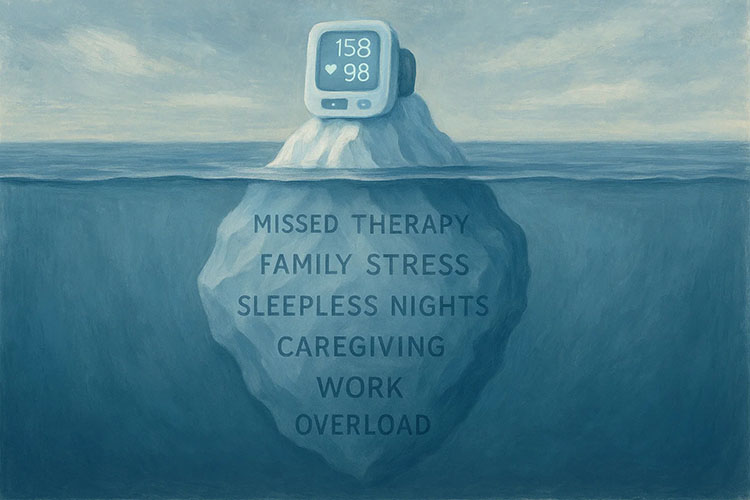
Remote patient monitoring (RPM) adds one more layer to the patient-centered approach to continuity of care. Continuity of care is the hallmark objective of most private practices. RPM adds another link that connects the patient with the care team and reduces the fragmentation that can sometimes occur, especially in chronic care management.
What Are the Benefits of Remote Patient Monitoring for Healthcare Practices?
Put simply, RPM improves the capacity of clinicians to treat patients and provide a better quality of care. With this technology, physicians have direct access to patient data. That allows them to make data-driven clinical care decisions even between office visits.
Continuity of care requires precise and current patient data within the care team. RPM provides the most recent information available. With RPM, the care team sees how the patient is doing and whether treatments are having an impact in real-time.
RPM Bridges the Gaps in Continuity of Care
RPM creates a bridge that allows physicians to provide care wherever the patient is at the moment and when they need it most. It can reach patients in underserved communities and rural areas, as well. The physician can refer the patient to a specialist and provide that professional with current and accurate data to support the need.
Programs like Medek RPM also open up referral opportunities, increasing revenue. Hospitals and specialists may be more likely to partner with a practice that offers this technology to patients. That adds a competitive advantage that can attract patients.
RPM Creates a Connection Even During a Healthcare Crisis
If we learned anything as an industry from the COVID-19 pandemic, it is how valuable this technology is for both patients and clinicians. Practices that could not see patients in person still had the option to monitor their care via remote technology.
RPM Makes the Patient Part of the Team
One of the biggest challenges for physicians is patient engagement. Remote patient monitoring makes the patient part of the care team. They become actively engaged in their own healthcare and see the same information their care provider does. As a result, they better understand what the data means and how it impacts their health. RPM can encourage behavior change because the patient sees the effect of that change.
RPM Creates a Connection With Caregivers
With RPM, caregivers become more intricate members of the care team. The technology allows them to engage and even influence the behavior of their charges and report those changes to the physician. The doctor can monitor the data to see the benefit of those changes.
Continuity of care improves patient outcomes and satisfaction. With RPM, clinicians treat patients without requiring them to travel to the office or practice. That added comfort means a better patient experience.
Medek RPM is a leader in the industry. Start a conversation with a Medek Representative today!




